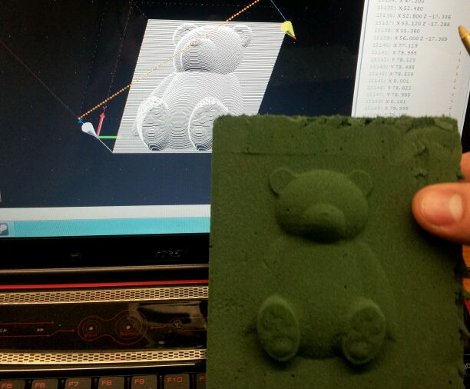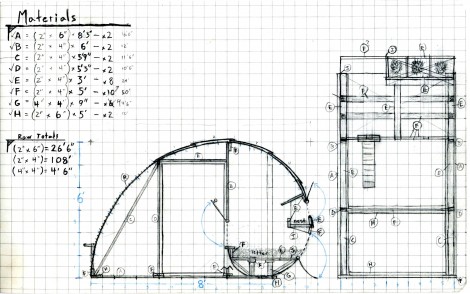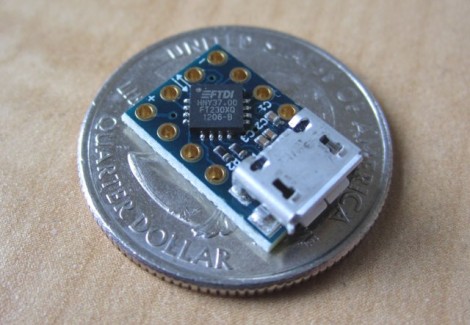
[Jinha Lee] at the MIT Media Lab created a new interface allowing new ways to modify and play with 3D objects. It’s called ZeroN, and it’s nothing short of a futuristic device straight out of Star Trek.
ZeroN is simply a platform for levitating a small spherical permanent magnet in 3D space. It does this by mounting a hall effect sensor on an electromagnet. The hall sensor measure the strength of the magnetic field of the ball every few milliseconds and keeps the spherical magnet levitated. To move the object in 3D space, a few webcams track the ball over the platform and tell the electromagnet to move on a CNC-like x y table.
[Jinha] showed off a lot of cool stuff that is possible with the ZeroN; ping-pong is by far the coolest implementation, but it’s also possible to use the magnetic sphere to demonstrate n-body gravity or as a camera flying around a digital scene.
It’s a really amazing piece of work with an exceptional demo video. You can check that video out after the break. Thanks, [ferdinand] for sending this one in.














Recent Comments